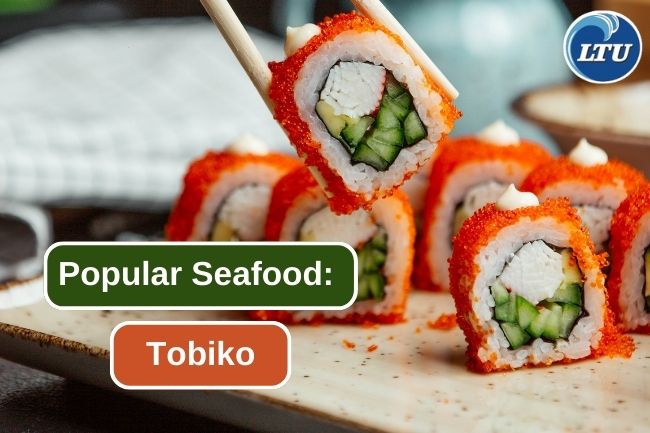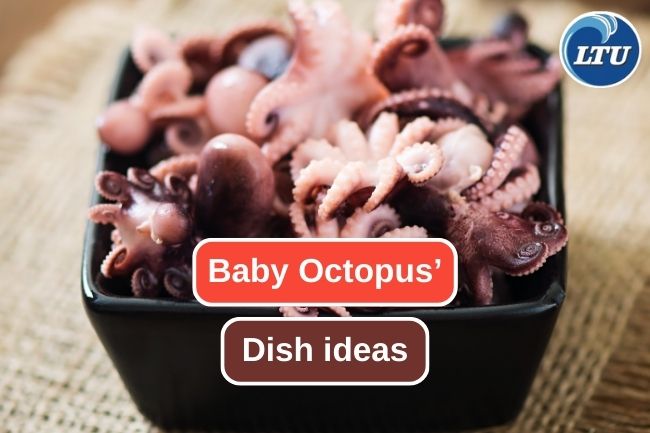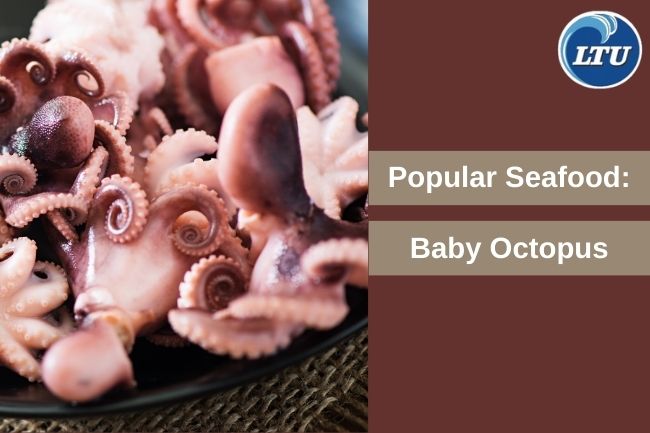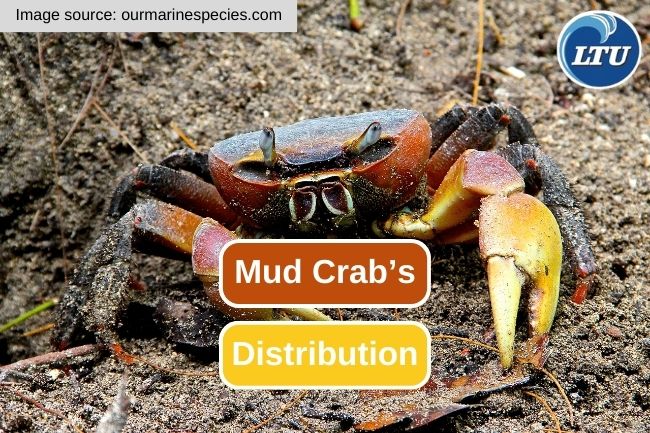A Comparative Look at the Some Species of Salmon
By. Nevanda - 07 Sep 2023
lauttimur.com - Salmon, the remarkable fish known for their epic migrations, vibrant colors, and delectable flesh, encompass a diverse array of species that traverse the world's oceans and rivers. From the colossal Chinook salmon of the Pacific to the iconic Atlantic salmon of the North Atlantic, and the other distinct varieties that carve their presence into the waterways of the world, the family Salmonidae offers a captivating tapestry of biodiversity.
There are several species of salmon, each with its own distinct characteristics, distribution, and behaviors. Here are the primary types or species of salmon:
1. Chinook Salmon (Oncorhynchus tshawytscha)
Also known as king salmon, Chinook are the largest of the Pacific salmon species. They are prized for their large size and rich flavor.. Chinook salmon can be found along the western coast of North America, from California to Alaska, and in parts of Asia.
2. Sockeye Salmon (Oncorhynchus nerka)
Sockeye salmon are known for their striking red coloration when they return to freshwater to spawn. They are highly valued for their firm flesh and rich flavor. Their range includes the North Pacific Ocean and its tributary rivers in North America and Asia.
3. Coho Salmon (Oncorhynchus kisutch)
Coho salmon are known for their silvery appearance and distinctive spots. They have a wide distribution along the North American and Asian coasts of the North Pacific Ocean. Coho salmon are popular among sport fishermen.
4. Pink Salmon (Oncorhynchus gorbuscha)
Pink salmon are the smallest of the Pacific salmon species. They are known for their characteristic humpback appearance when spawning, earning them the nickname "humpies." Pink salmon have a wide distribution in the North Pacific Ocean and are often found in large numbers during their spawning runs.
Read also: Great Lunch Idea! Fish Sandwich Recipe
5. Chum Salmon (Oncorhynchus keta)
Chum salmon, also known as dog salmon, have distinctive vertical stripes and large teeth. They have a broad range in the North Pacific, from California to the Arctic Circle in North America and across Asia to Japan. Chum salmon are less commonly targeted for their flesh and are often used for their roe (eggs) in various culinary applications.
6. Atlantic Salmon (Salmo salar)
Atlantic salmon are native to the North Atlantic Ocean and its surrounding rivers. They are known for their silvery appearance at sea and their return to freshwater rivers to spawn. Atlantic salmon are primarily found along the eastern coast of North America and the western coast of Europe, including countries like Norway, Scotland, and Ireland.
These are the primary species of salmon, and they each have their unique roles in ecosystems and cultural significance in regions where they are found. Additionally, there are subspecies and regional variations within these categories, further adding to the diversity of salmon populations around the world.
Read also: How to Make Prawn Tom Yum








